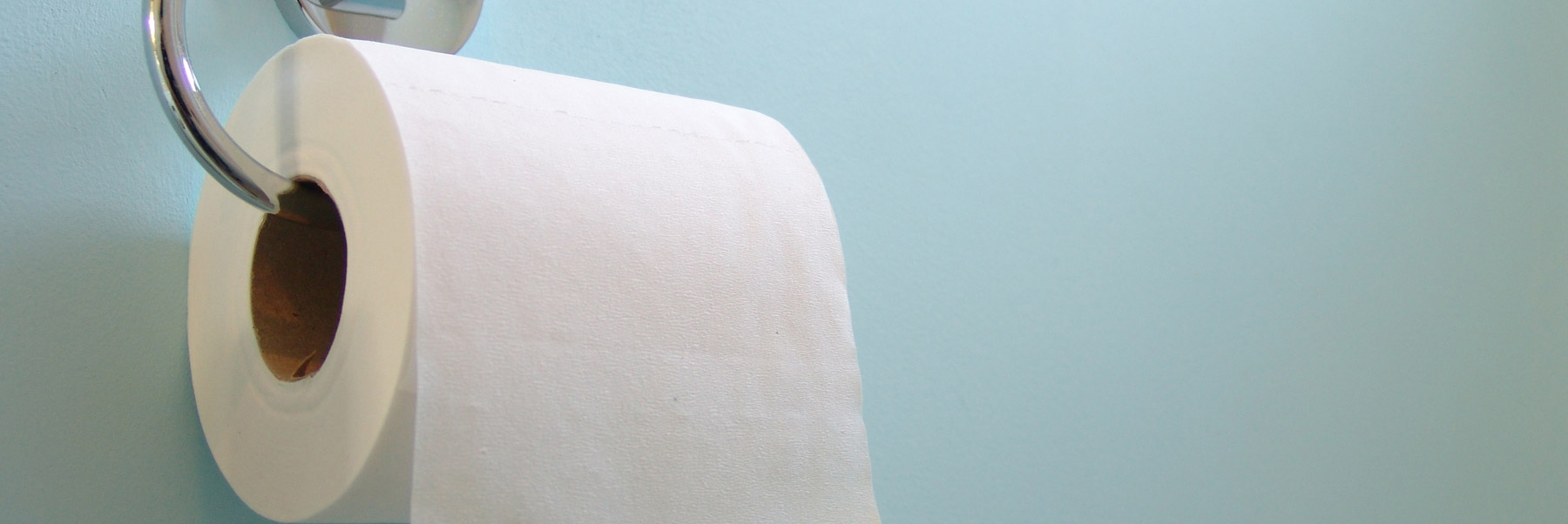Here’s the Scoop on Your Poop

Stool comes in all shapes and sizes … and colors. If you’re like most people, you have worried if the bowel movement you just had is indicative of an illness.
According to Dr. Michelle Pearlman, a board-certified gastroenterologist with the University of Miami Health System, sometimes what it looks like is significant, and sometimes it’s not. “Poop colors often vary according to the foods and liquids that you consume,” she says. “Some colors, however, may signify certain conditions that require medical attention.”
What does the color of my poop mean?
- Brown and yellow: normal.
- Green: usually connected to something you ate recently. Something with green leafy vegetables or containing green food coloring could do it. Remember this the next time you eat Saint Patrick’s Day cupcakes. Iron supplements can also cause your stool to have a greenish tint.
- White or clay-like: “This color may signify a blockage of your bile duct and is usually associated with dark-colored urine,” says Dr. Pearlman. Certain medications like barium contrast can also cause this.
- Red: Certain foods like beets can turn your stool red. It can also be indicative of bleeding from your colon or upper intestines. Dr. Pearlman says that people may assume its just hemorrhoids and that it is no big deal. However, colorectal cancer can cause similar symptoms, so it’s essential to see your doctor if you notice blood in your poop.
- Black: This color may indicate intestinal bleeding from the upper gastrointestinal tract, like the esophagus, stomach, or small intestines. If this is the case, then it is usually a tarry-like substance. On the other hand, Dr. Pearlman says that if it’s hard and well-formed, it’s more likely from medications like iron, sucralfate, or Pepto Bismol.
Eat more fiber
The shape and consistency of your poop have a lot to do with the amount and type of fiber you eat. In fact, you can treat common digestive issues by making changes in the type and amount of dietary fiber that you consume.
“Stools often vary in size and shape depending on food and liquid consumption, particularly types of fiber ingestion,” she says. “Insoluble fiber tends to soften stools (helps with constipation), and soluble fiber tends to increase stool bulk and help with diarrhea.”
According to the American Heart Association, eating the recommended amount of dietary fiber, which includes both insoluble and soluble, also helps with a variety of chronic health conditions such as obesity, diabetes, and heart disease.
Despite the health benefits, documents show that only about five percent of the U.S. population eats the recommended amount of daily fiber, which is 25 grams for adult women and 30 grams for adult men. Some examples of insoluble fiber, or roughage, include oatmeal, apples, citrus fruit, legumes, and examples of soluble fiber includes whole grains, carrots, cucumbers, and zucchini.
“If you see undigested food in your stool, this is often high fiber vegetable matter which is not digested by the human intestines and is quite normal,” says Dr. Pearlman. “However, if you see undigested food in your stool in addition to persistent diarrhea, weight loss or change in bowel habits, this can signify a problem with digestion or absorption and warrants medical attention.”
Natasha Bright is a contributing writer for UMiami Health News.
Tags: Dr. Michelle Pearlman, fiber, Nutrition, poop color
